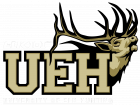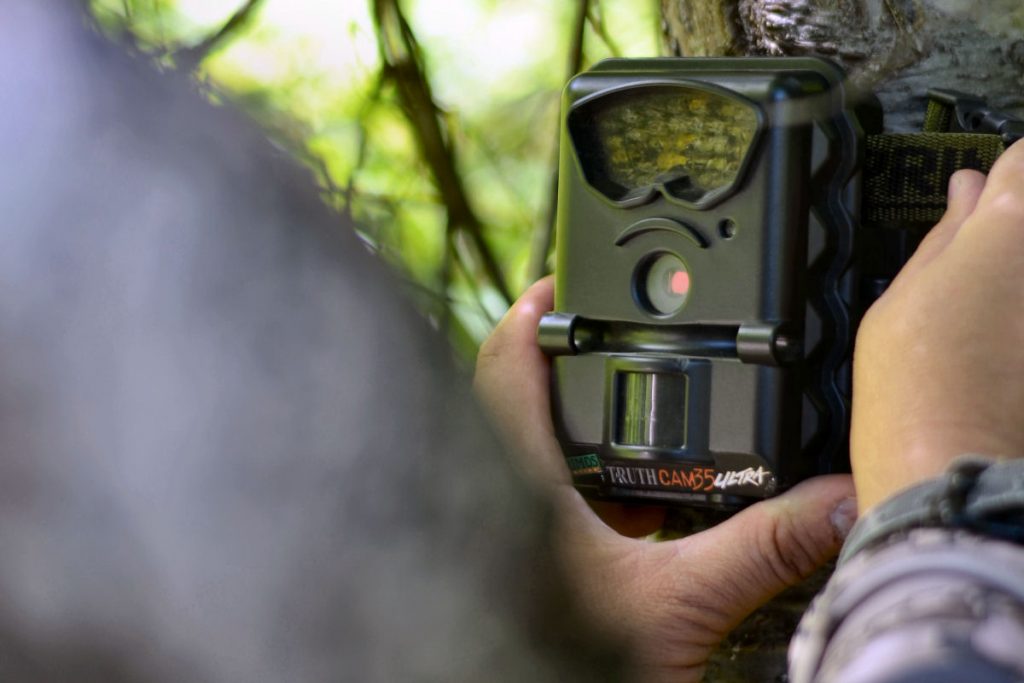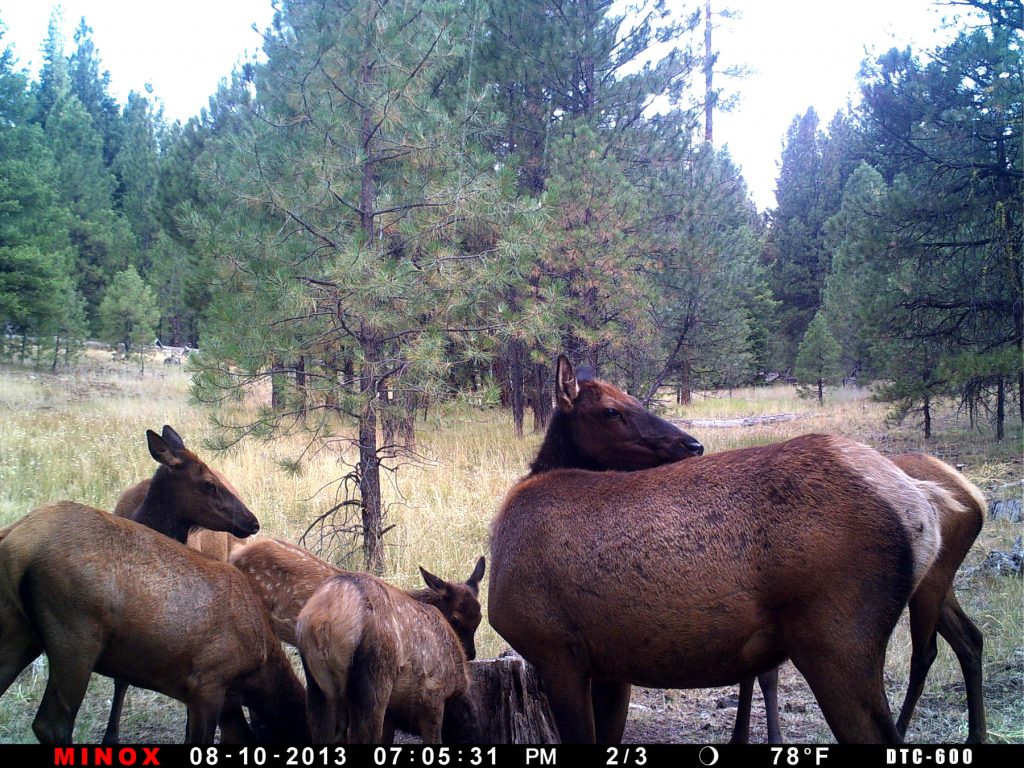
MODULE 2 - SCOUTING FOR ELK
CHAPTER 3: BOOTS ON THE GROUND

The first two chapters of this Module have focused on how you can scout for elk from home (E-Scouting or Remote Scouting). For those of you who live a long ways from elk country, this can be incredibly valuable, especially if an on-location scouting trip just isn’t in the cards. However, if you are able to spend some time in the area before the season, doing so can further narrow down where you might find elk once the season arrives.
PRE-SEASON SCOUTING
Pre-season, on-the-ground scouting can be classified as any time before the start of the season that you spend time in an area you are planning to hunt. Combined with effective online scouting, actually spending time in the area can be incredibly beneficial. This is when you are able to verify everything you have researched up to this point, and confirm whether or not your research has been accurate.
Pre-season scouting will allow you to not only confirm your previous research, but it is also a great way to test your physical conditioning and look for additional signs of elk activity that aren’t identifiable on Google Earth.
VERIFY YOUR RESEARCH
Your online/Google Earth research and scouting should have helped you narrow down some potential elk hotspots, but I’ve learned it’s not possible to rely just on that information as things can and do change – sometimes overnight. By physically spending time in the area, you will be able to verify if the food and water sources you identified are still productive, and eliminate areas that are not.
Through my time on Google Earth, I identify and mark key features that I feel hold great potential. With these waypoints transferred to my OnX HUNT App (or GPS unit), I’m able to hike right to them and verify if they are as good as they looked from hundreds of miles away. This can save valuable time during the season, and give me increased confidence to hit the ground hunting once the season opens.
During Pre-Season Scouting, I look for active water and feed sources, as well as fresh signs of elk. Tracks and fresh droppings will confirm that there are currently elk in the area. Finding this kind of sign increases the likelihood of finding the elk once season opens. However, I will caution you now.
Elk move. There are many factors that can cause elk to relocate, sometimes just days before the season opens. Finding elk during Pre-Season Scouting trips is valuable, but it definitely does not guarantee that the elk will still be there when you return to hunt. Grazing cattle and sheep, predators, camping/hiking pressure, weather, and the rut are just a few of the many factors that can cause elk to completely vacate an area you might assume they will stay in throughout the summer and fall.
TRAIL CAMERAS
Trail Cameras can be a great way to monitor elk activity in an area, and give you a better feel for where you might find the elk once the season opens. I have placed trail cameras and found high activity levels of several bull elk throughout the summer, only to have the images literally dry up two weeks before the season started. Fortunately, a trip to check the cameras just before the season opened saved me from spending valuable days during the season that I might have otherwise wasted trying to find elk that were simply no longer there.
When you place trail cameras in an area, there are a few things to keep in mind. First, you need to hang the cameras in a location where you have a good chance of seeing elk.

Active game trails and water sources are two of the best locations I have found. Additionally, if the state you are hunting allows for the use of bait or attractants, those can be great ways to attract elk and capture pictures. Be sure you know the regulations for the state you are scouting, as each state is different.
One of the most important things I’ve learned about using trail cameras, is knowing what to look for. As exciting as it is to have big bulls on a trail camera, that isn’t always the most effective use of the cameras. Bulls will often spend the summer in locations that are several miles away from where they will end up once the rut starts. It is possible to have hundreds of pictures of big bulls throughout the summer, only to have them completely vacate the area as they begin wandering in search of cows. There are some areas where you will want to target specific bulls – i.e., trophy units where your goal is a big bull – but for the most part, bulls are not always going to be found in the same location in September that they were living in during early August.

Due to this “rut migration”, I often place my cameras in areas where I can find high populations of cows. Once the cows have their calves in the late spring/early summer, they don’t usually move too far, and they will often be in these same locations when the bulls come looking for them in early September. If I am looking for the true rutting areas, I need to find where the cows are hanging out in mid-to-late summer. If I can find the cows, the bulls will usually be there once the rut fires up.
Again, this can change from area to area. For the most part though, the bulls and cows don’t hang out together in the summer and the bulls will go searching for the cows in early September. Find the cows, and the bulls will come.
ADDITIONAL FEATURES
Aside from verifying the quantity and quality of the elk in the area with trail cameras, there are a few other helpful features to look for during an “on the ground” scouting trip to increase your confidence that the elk will be in that same area during hunting season.
Elk will often rut in the same areas from year to year, and old wallows and rubs can be a great indicator of elk spending time in that area during previous ruts.
If you are able to find large groups of cow elk in an area that has food, water, and good bedding areas, and is riddled with wallows and old rubs, you have found a potential gold mine. If the area is a mile or more off the road, the anticipation will likely keep you awake at night! At this point, you have conquered one of the first challenges in being a successful elk hunter: you have found the elk!
SUMMARY
Scouting For Elk is simply a continuation of Planning Your Hunt. Scouting involves doing your homework and narrowing down specific areas you will focus your hunt in. It also involves becoming as familiar as you can with the area – something that is now possible without even physically spending time in the area. If you are able to put your boots on the ground in the areas you have identified as possibly being productive – and you have multiple back up areas that also look promising – your confidence should be very high. Once season opens, you can hit the ground running!
Speaking of running, if you aren’t currently thinking about your physical conditioning, you should be.
Click ‘Next Module’ Below to Continue to Module 3: Physical Conditioning




